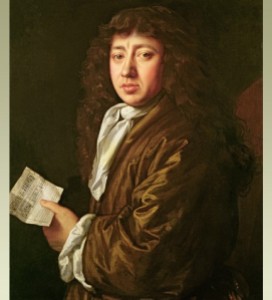1. It Rained Birds
Imagine this: you’ve got everything you own on a cart, burning hot winds are whipping at your clothing, blowing red hot cinders into your face.
Then it starts raining birds. Charred, living birds.
Birds were an important part of London life. They were an important source of food: and keeping a few chickens was a good source of food and possible income for a Londoner. Even a relatively poor family who could keep a small flock of geese or a roost of pigeons would have an advantage when it came to the important task of ‘making shift’, i.e. paying their bills and getting through life. Of all the birds in Restoration London (and modern London, although they’re less welcome now) pigeons were some of the most common.
Unfortunately, the Great Fire of London was a bad place to be a bird. When the fire took hold the heat was unbelievable: historians usually compare the heat to the same order of magnitude as the Dresden Firestorm during the Second World War. This had a terrible effect on the large numbers of feral, domesticated and semi-domesticated birds living in London at the time.
Samuel Pepys, a late 17th Century Diarist who was caught up in fighting the fire, writes: “…the poor pigeons, I perceive, were loth to leave their houses, but hovered about the windows and balconies till they were, some of them burned, their wings, and fell down.”




